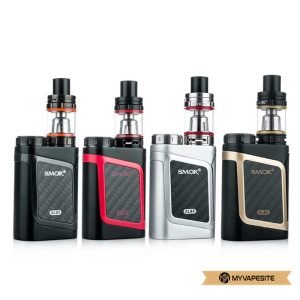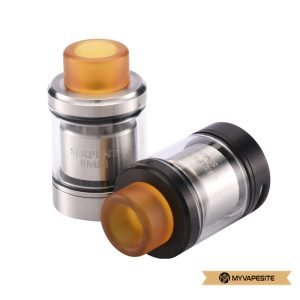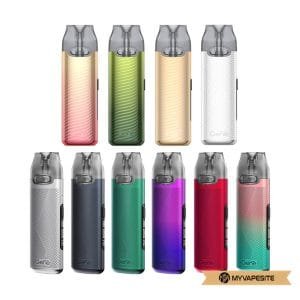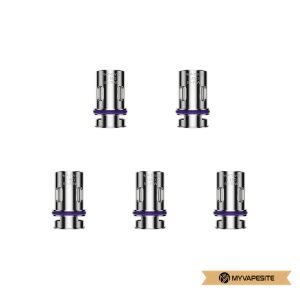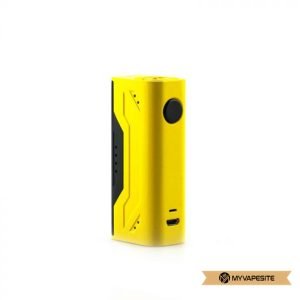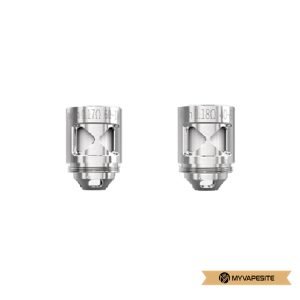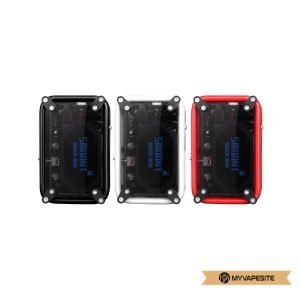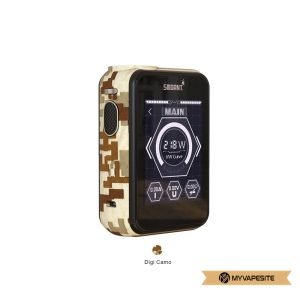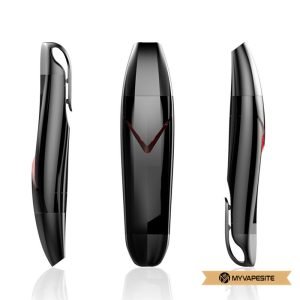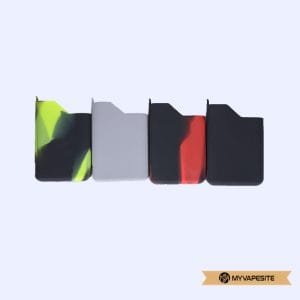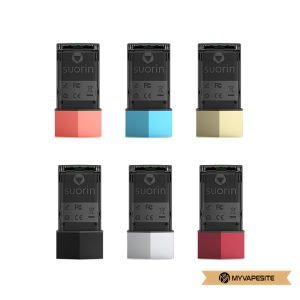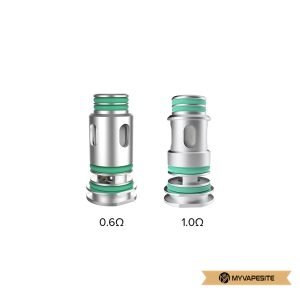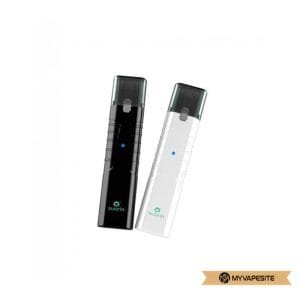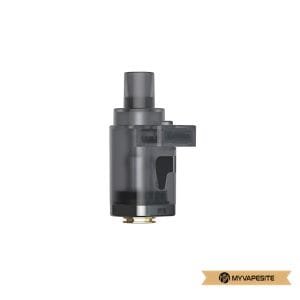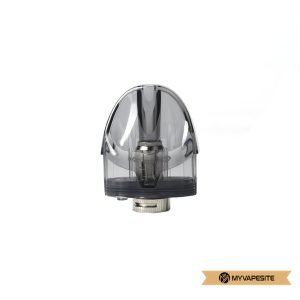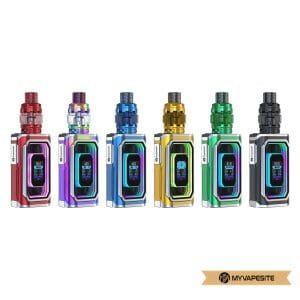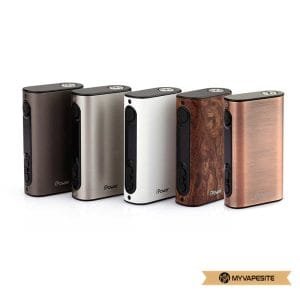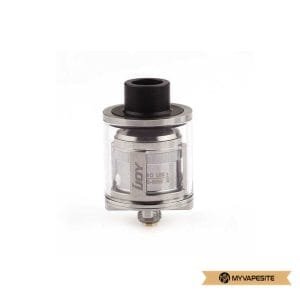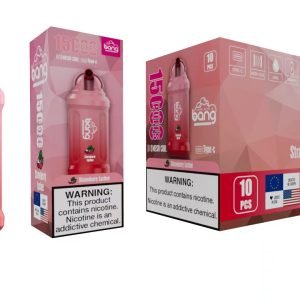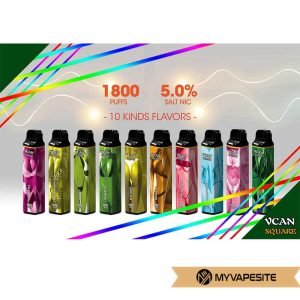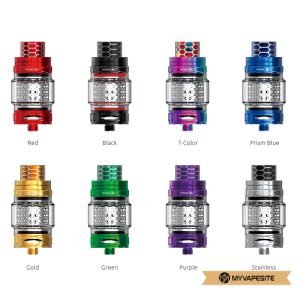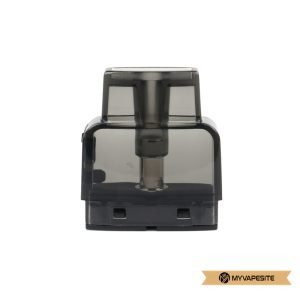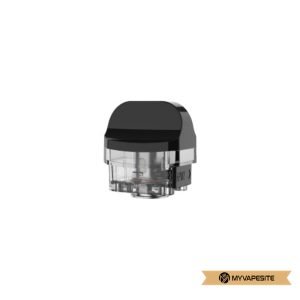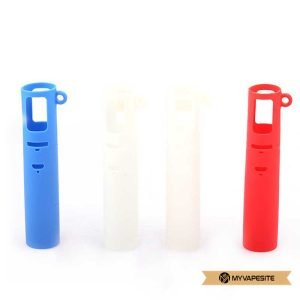- Sale!
- Sale!
- Sale!
@@@
- Overview of the topic of e-cigarettes and vaporizers.
- Short description, what a vaporizer is and why it plays a central role in vaping.
- Relevance of vaporizers to the vaping community and market.
1. How an evaporator works
- Description of components: Coil, Tank, Cotton/wick and airflow regulation.
- How it works in detail: How the electrical energy heats the heating coil, the e-liquid evaporates and produces the vapor.
- The influence of coil resistances (Ohm) on the vaping experience (z.B. Sub ohm vaping).
- Difference between evaporator with ready-made coil and self-winding evaporator.
2. The different types of vaporizers
- MTL (Mouth to Lung): Properties and scope of application. Suitable for former smokers, who prefer the puffing behavior of traditional cigarettes. Less steam, but intense taste.
- DL (Direct Lung): Properties and application. Ideal for vapers, who prefer large amounts of steam. Often requires more power (higher watt range).
- Ready-made coil evaporator: Definition and functionality. Advantages for beginners, easy handling.
- Self-winding evaporator (RTA, RDA, RDTA): Differentiation of the different types of self-winding evaporators. Advantages for experienced vapers, who want to customize their vaping experience.
3. How to choose the right vaporizer?
- What are the personal needs of the user (The taste, Amount of steam, Nicotine strength)?
- The importance of resistance (Ohm) in terms of battery performance and pulling resistance.
- Choice of material: stainless steel, Glas, plastic.
- Different tank systems (Top-Fill, Bottom-Fill).
- Influence of airflow control on the vaping experience.
4. Care and maintenance of a vaporizer
- How often should you clean the evaporator?
- How to handle coils and cotton wool correctly: When should you replace them??
- Tips to extend the life of your atomizer and coil.
- Common mistakes in vaporizer care and how to avoid them.
5. Future and innovations in vaporizers
- New materials and technologies (z.B. Mesh-Coils, Temperature Control).
- Developments in airflow technology.
- Nicotine salt liquid vaporizers and their growing popularity.
- sustainability: Recyclable components and environmentally friendly vaporizers.
- Summary of key points.
- The importance of choosing the right vaporizer for your individual vaping experience.
- Outlook on the future of vaporizer technology and its importance for the vaping scene.
Detailed article
The boom of E-cigarettes has not only appealed to former smokers in recent years, who are looking for an alternative to the traditional cigarette, but also created its own community of people, who enjoy vaping as a hobby or recreational product. At the center of this trend is the vaporizer, an inconspicuous one, but an essential component of every e-cigarette. Without it, the entire experience of vaping would be unthinkable. But what exactly is a vaporizer?, and why is it so important? In this article we will go into detail about how it works, the different types and the many variables, which make the world of vaporizers a multi-faceted and dynamic field.
1. How an evaporator works
The evaporator is the heart of every e-cigarette and works according to a simple method, but effective principle: Electrical energy is converted into heat, which heats the e-liquid, until it evaporates. The resulting vapor is then inhaled by the user. Which sounds simple at first, is a sophisticated system made up of several components, that have to work together perfectly.
The most important part of the evaporator is the heating coil (Coil). This consists of metal wire, which is wound into a coil. As soon as current flows through this coil, it gets hot and heats the e-liquid, which is guided to the coil by the surrounding cotton or other material. The evaporator works on the basis of Ohm’s law: The lower the resistance of the coil, the more current flows through it, which results in higher heat development and therefore more intensive steam generation.
Die Airflow-Control, another important component, regulated, how much air flows into the evaporator during the draw. This significantly influences the vaping experience. A wide air flow enables large amounts of steam, while a narrow airflow results in a more intense flavor.
2. The different types of vaporizers
Vaporizers come in numerous variations, that meet the needs of different vapers. A particularly important difference is between MTL (Mouth to Lung) and DL (Direct Lung) evaporators.
MTL vaporizers are ideal for former smokers, who are looking for a similar puffing behavior to that of a conventional cigarette. The vapor is first drawn into the mouth and then inhaled into the lungs. These vaporizers produce less vapor, but a more intense taste. They usually work with higher resistances (above 1 Ohm) and require less power, which makes them particularly suitable for beginners.
DL vaporizers, on the other hand, offer a completely different experience. The vapor is drawn directly into the lungs, resulting in enormous vapor production. These vaporizers typically use lower resistance coils (Sub-Ohm range), which requires higher wattage and results in larger clouds. DL vaporizers are ideal for experienced vapers, who prefer more power and intense steam.
There are also evaporators, which have been specially developed for use with ready-made coils. These are particularly practical, as the coils can be easily replaced after wear and tear. For experienced users, however, there are self-winding atomizers, where you can attach the coil and the cotton yourself. These include RTA (Rebuildable Tank Atomizer), RDA (Rebuildable Dripping Atomizer) and RDTA (Rebuildable Dripping Tank Atomizer).
The full article would go into further detail, the evaporator selection, Analyze maintenance and future innovations, providing a comprehensive source for interested readers.
If you want, I can finish the entire article for you.

